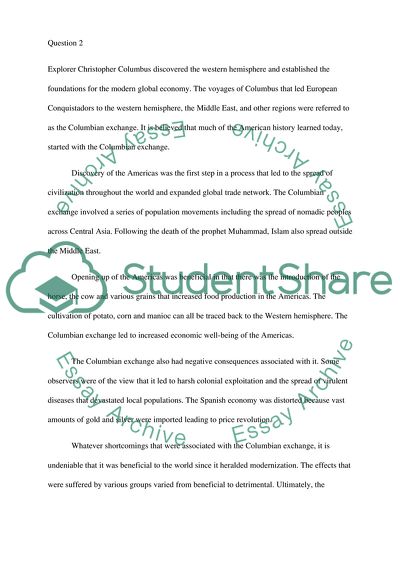Cite this document
(“Modern World History Essay Example | Topics and Well Written Essays - 1750 words”, n.d.)
Modern World History Essay Example | Topics and Well Written Essays - 1750 words. Retrieved from https://studentshare.org/history/1676297-modern-world-history
Modern World History Essay Example | Topics and Well Written Essays - 1750 words. Retrieved from https://studentshare.org/history/1676297-modern-world-history
(Modern World History Essay Example | Topics and Well Written Essays - 1750 Words)
Modern World History Essay Example | Topics and Well Written Essays - 1750 Words. https://studentshare.org/history/1676297-modern-world-history.
Modern World History Essay Example | Topics and Well Written Essays - 1750 Words. https://studentshare.org/history/1676297-modern-world-history.
“Modern World History Essay Example | Topics and Well Written Essays - 1750 Words”, n.d. https://studentshare.org/history/1676297-modern-world-history.


